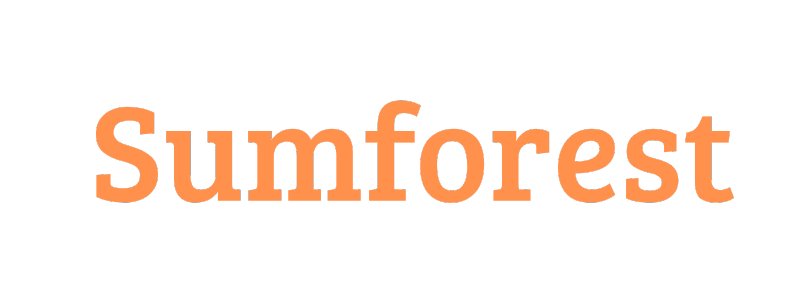Many people think media buying and digital marketing mean the same thing in the broader field of marketing. However, they’re distinct but crucial in making a brand visible and grown. Media buying is acquiring an ad space on websites, social media, and search engines.
It also involves buying ad space TV and radio stations, as well as print media. On the other hand, digital marketing are activities that help a brand reach out and engage a large audience with the aim of converting them into customers.
Digital marketing harnesses the power of SEO best practices and social media management to reach out and engage a wider audience. Let’s explore each marketing strategy.

Media Buying
Buying ad space is a crucial part of marketing a brand. While many people are in the digital space now, businesses can still buy ad spaces on traditional media platforms like TV stations to read an older audience.
The buying process is a straightforward one involving the steps below:
- Analysing Target Audience
- Rates Negotiations
- Advertisement Scheduling
- Creating Ad Material
- Placing the Ad
Some potential buyers of a product or brand are old school and consume content aired on TV, radio stations, and print media. Running an ad campaign on traditional media ensures a business creates brand awareness in all spaces accessed by potential clients.
Digital Media Buying
A younger audience is focused more on the digital space than traditional media outlets like TVs and radio stations (and print media). Since young people are the majority of potential clients, businesses can market their brand on digital platforms.
Ad Spaces on Digital Platforms
Businesses have three main spaces on the digital platform to market a brand:
Search Engines
A business can buy ad space on search engines like Google. Google has the Google Ad as a platform to advertise products and services. The business bids on keywords related to products and services offered.
If users enter the keywords, the products (or services) offered by the business are displayed for visitors to click and get redirected to the product page for purchase. Usually, Google Ad requires the business to pay for advertisement on Pay-Per-Click (PPC) model.
Social Media
Facebook and X (formerly Twitter) are among social media platforms helping businesses market their products or services. Social media allows businesses to advertise based on users’ interests, behaviour, and demographics. The advert can take the form of an image, video, and carousel.
Websites
Additionally, businesses can use the programmatic advertising on various websites. From its name, programmatic advertising is automated to show or advertise a business product based on browsing behaviour of the website user.
Digital Marketing

Digital marketing is another marketing strategy businesses can use to create brand awareness. It involves SEO and Email marketing.
Search Engine Optimization (SEO)
SEO takes content marketing to new heights by ensuring readers online know about a business or brand. Content about a business includes blog posts, videos, and infographics. A business with a website will need the content visible on search engine result pages.
When writing blog posts that create awareness about the business, it’s important to include keywords that users might enter into the search bar when looking for a particular product or service; this is called on-page SEO.
Additionally, the business can use the off-page optimization technique to make the content visible on search engines. Including backlinks from reputable websites can help content rank higher on search engine result pages.
Search engine optimization aims to make readers find out about products naturally without paid promotions. Organic traffic makes the business credible since people trust that the business makes a positive impact without relying on paid promotions to attract customers.
Email Marketing
Email marketing is another form of digital marketing that businesses can use to reach potential clients. Since the business sends marketing campaigns or materials to individual clients, the business has to personalise the advertisement and address the email recipient by name.
Also, timing plays an important role since the business has to send emails at specific time periods. This ensures that the recipient gets the advertisement when they’re active. Sending adverts at night when potential clients are asleep or away from work might not achieve the desired success. Email marketing is most effective if the best practices are adopted:
- Email Segmentation
- Clear CTA
- Well-designed Campaign
Segmentation is dividing the email into groups and sending it to potential clients of a particular demographic. The email has to encourage recipients to take actions to purchase a product or service. At the same time, the email has to look great and appealing.
Conclusion
Media buying and digital marketing are strategies to create awareness about a brand. Media buying is purchasing an ad space on social media platforms like Facebook and search engines. When online users visit such platforms, they come across an advert about the business.
Digital marketing, on the other hand, is creating content to inform the audience about a particular brand. It involves content like blog posts and infographics. Keywords will be incorporated into the content to make it discoverable if users enter the keywords in the search engine.

